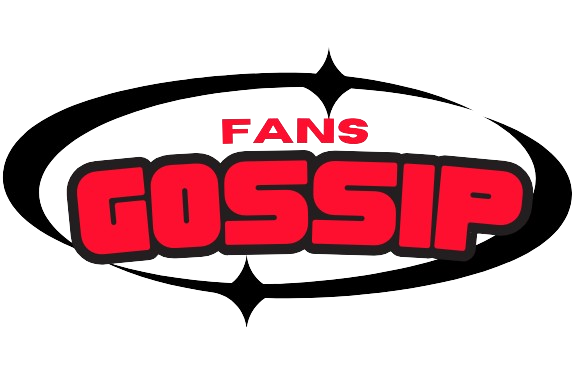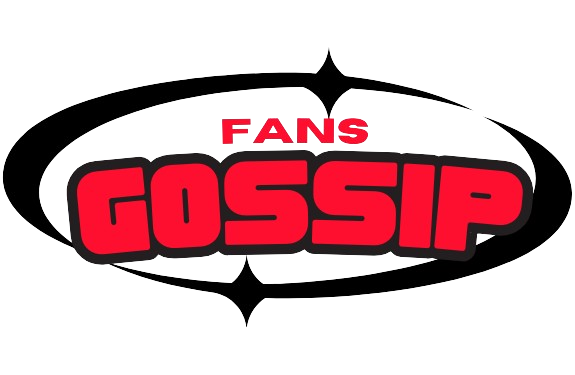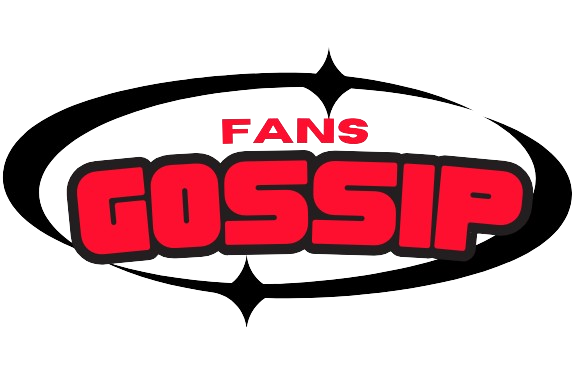The significance of a wrestling manager has evolved considerably over the years. Once upon a time, managers provided wrestlers with credibility or an extra dimension. They filled in what could have been a significant weakness for a wrestler – the ability to work the microphone. For any wrestling enthusiast who grew up in the 1980s or earlier, managers were an indispensable part of weekly television. Over the past two decades, however, it’s undeniable that WWE has placed far less emphasis on managers. Nonetheless, when given the opportunity to shine, a manager can still make a difference in the modern era.
There have been managers in history who were more entertaining than their wrestler counterparts, and there have been managers who the wrestler grew envious of as well. We’ve also seen the manager serve as a storyline device in wrestling feuds, a sort of tug of war between two competitors vying for the services or attention of said manager. (Remember WrestleMania V?)
So, with all this in mind, who were the biggest game-changers when it comes to managers in WWE over the last several decades? Let’s take a look back at the best of the best.
Sunny
Tammy Sytch arrived at the WWF after making waves as part of Smoky Mountain Wrestling. Appearing as Sunny alongside her real-life boyfriend Chris Candido (Skip), it wasn’t long before she was managing the WWF Tag Team Champions, Skip and Zip (Tom Prichard). The team, collectively known as the Bodydonnas, won the gold at WrestleMania XII.
Sunny’s 1996 was a significant year. She managed three different tag team championship teams as she changed her allegiances as the year progressed. She turned on The Bodydonnas by trading in spandex for flannel and denim to manage The Godwinns. That was short-lived, however, as Sunny turned on The Godwinns in favor of The Smoking Gunns. All three teams held tag team gold under her direction. Sunny also famously earned the distinction of being America Online’s Most Downloaded Celebrity in 1996 and turned down an offer to appear in Playboy.
Sunny’s time with the Gunns came to an end when she fired them after a tag team title loss at the WWF’s In Your House: Mind Games pay-per-view. She was out of managing in the tag team ranks for a while after that, briefly returning to manage Faarooq before turning her attention toward various other roles on WWF broadcasts. When Candido left the WWF for ECW, Sunny started occasionally appearing on ECW telecasts. However, the WWF gave her one more managing role when she had a brief run as the manager for Legion of Doom 2000 in early 1998. She would be released from the promotion that summer.
Jim Cornette
Jim Cornette’s exploits as a manager obviously extend well beyond the WWF. If this list were an all-encompassing breakdown of a manager’s career across all promotions, he would rank much higher due to his time with the Midnight Express. However, for the purpose of this piece, we are concentrating specifically on his time with the WWF.
After a great amount of success as a manager throughout the 1980s and early 1990s, Cornette even started his own promotion (Smoky Mountain Wrestling) in 1991. Two years later, he began working for the WWF and was originally paired with Yokozuna as a spokesman. However, Cornette continued to run SMW during this period. He began taking on a more active role with the WWF when he managed Owen Hart and Yokozuna to the WWF Tag Team Championship at WrestleMania XI. Camp Cornette was born.
By that summer, The British Bulldog was on board, expanding the size of the Camp Cornette stable. The group grew by another member in early 1996 when Vader debuted with the WWF. A feud between Vader and Yokozuna developed (Yokozuna left Camp Cornette), and Cornette continued managing Vader, Hart, and Bulldog throughout much of the rest of the year. Hart and Bulldog eventually turned on Cornette to join Clarence Mason, leaving Vader as the last man left until he walked away with Paul Bearer.
Cornette’s time as a manager with the promotion extended to 1998, when he led an NWA invasion angle with Jeff Jarrett, Barry Windham, the Rock ‘n’ Roll Express, Dan Severn, and a new version of the Midnight Express (Bob Holly and Bart Gunn). While Cornette never reached anything equivalent to his 1980s heyday with the WWF, he was always a memorable television character.
The Grand Wizard
The Grand Wizard was synonymous with gold in the World Wide Wrestling Federation in the 1970s and early 1980s, first leading the team of Professor Toru Tanaka and Mr. Fuji to the Tag Team Championships twice. He then set his sights on singles gold, guiding Stan Stasiak to the WWWF Championship. A few years after Stasiak’s title win, The Wizard took his biggest star to singles gold – Superstar Billy Graham.
It was alongside Graham that The Grand Wizard’s career was the most memorable. Graham defeated the legendary Bruno Sammartino to win the title in Baltimore on April 30, 1977. When Bob Backlund won the title from Graham just under one year later, The Wizard began a feud with him. During that time, he sent a litany of stars after the champion. However, he wasn’t done managing champions, either.
The Grand Wizard next looked upon the newly created WWWF Intercontinental Championship, and he would manage no less than three stars to that title: Pat Patterson (the first Intercontinental Champion), Ken Patera, and Don Muraco. The Wizard tragically died of a heart attack in 1983 at the age of 57, but his influence on the wrestling industry lives on.
Arnold Skaaland
Arnold Skaaland was a legend as both a wrestler and a manager over the course of three decades with the World Wide Wrestling Federation, later the World Wrestling Federation. While his in-ring career was noteworthy, he was also serving as a producer and business partner alongside Vince McMahon, Sr., behind the scenes.
Though his wrestling career was nothing to disregard, it was Skaaland’s time as a manager that really put his name over the top. And how could that not be the case when you’re managing someone like Bruno Sammartino? Alongside Skaaland, Sammartino captured the WWWF World Championship; he’d end up being known as one of the greatest champions (and biggest draws) in company history. And it wasn’t just Sammartino who held top gold alongside Skaaland – he later managed Bob Backlund as well.
Skaaland was an early member of WWF’s Hall of Fame, being inducted in 1994. He made his last appearances as a TV character that year, with Backlund turning on him to enhance his heel character.
Kaira’s Thoughts:
The role of a manager in wrestling has evolved over the years, but their impact on the sport remains significant. From guiding wrestlers to championships to providing entertainment and storyline drama, managers have played an integral role in the wrestling world.






